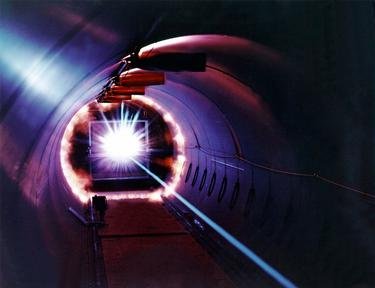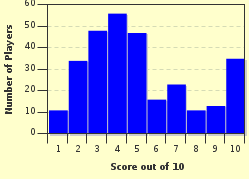Quiz Answer Key and Fun Facts
1. Which statement is true regarding nuclear mass and binding energies in energy-releasing (exergic) fusion reactions?
2. What type of fusion reaction predominates in the Earth's sun?
3. What elements are produced in large, very hot stars by fusion reactions directly consuming helium-4 fuel?
4. Which reaction has the lowest activation temperature and the fastest reaction rate, making it the ideal candidate for fusion power plants?
5. What repeling force must be overcome for fusion to occur?
6. Fusion takes place in plasma. What is plasma?
7. When two protons (hydrogen-1) fuse to form a nucleus with a single proton and a neutron (deuterium), what particle is created?
8. In terms of energy, how many oil barrels are equivalent to one gram of D-T fusion fuel (assume complete reactions, 1:1 ratio)?
9. The probability of a fusion reaction is known as what?
10. What process allows nuclei to overcome the energy barrier for the fusion reaction?
Source: Author
marcolantern
This quiz was reviewed by FunTrivia editor
crisw before going online.
Any errors found in FunTrivia content are routinely corrected through our feedback system.


